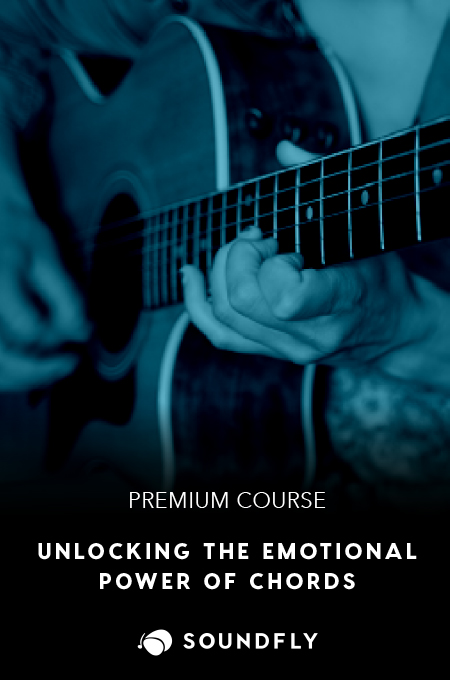
If you’re tired of spending your hard-earned cash on hiring other people to record your demos, the logical next step is to set up your own recording studio at home. If that sounds daunting, it really shouldn’t. You can do so much with so little these days, and as time goes on, you can expand your gear setup bit by bit.
But I’ll warn you up front: Getting started is not necessarily cheap, and it will, of course, take time. However, being able to adequately record your tracks at home will pay dividends for years to come — you can feel creatively uninhibited in the privacy of your own space, and best of all, you’ll gain hundreds of hours of experience learning and mastering the equipment along your journey!
Before we even get into recording software, we’ll need to talk about your computer. Many recording programs can tax your system all on their own — and that’s not counting any added effects that increase the demand on your computer. I’ve been in home studios where the system couldn’t get through a session without crashing. Suffice it to say, you don’t want that problem.
PC vs. Mac
This has been the question of the computer age, and it ultimately comes down to opinion. The mac is the “industry standard” for creative projects at the moment (and has been for some time). The main reason is pretty simple: Macs are generally incredibly stable (they rarely crash), and at least right now aren’t as prone to viruses that often plague PCs. Here’s the downside: Macs can be prohibitively expensive. While you can probably pick up a decent PC for around $600, an iMac or similar can cost upwards of $1,000 (keeping in mind that a Mac will generally outperform a base-level PC).
Microsoft’s Surface Pro 4 is used frequently in creative industries production, although users often report audio issues limiting their ability to create high-quality work.

Things to Consider
The faster the processor, the better. Bear in mind there’s a difference between single, dual, and quad core processors. For instance, a single 3 GHz processor is great, but a 3 GHz quad is obviously gonna blow it out of the water. This speaks directly to your speed — the faster your computer is, the faster your recording software can respond.
For home recording, you’re gonna need a lot of RAM — 8 GB or more. The more RAM, the more responsive the computer will be in switching between tracks, effects, etc. Think of it sort of like counter space in your kitchen — the more you have, the more ingredients and utensils you can get out for easy access when you’re cooking. You don’t want to see an endless loading wheel while you try to bring up your software.
You’re also going to need a big hard drive — I wouldn’t personally go under about 500 GB for a recording workstation. Nowadays, drives that store 1 TB and up are becoming increasingly common, so the cost to bump up to 1 TB can be almost negligible. But why is having a lot of space so critical? Everything you’re doing is going to take up space. The recording software itself, in-progress and finished song files, digital effects, and sound libraries can all add up very quickly. The good news is, you can always expand with an external hard drive — which isn’t a half bad way to backup your files, anyway.
+ Read more on Flypaper: “4 Tips for DIY Drum Recording”
What About Upgrades?
The upside with PCs, of course, if the ability to swap out parts and upgrade as you go (if you happen to be handy with that sort of thing). This means that if your fan goes bad, or you want to add new HDMI inputs, there’s no need to run to the Apple Store for proprietary products. I use a PC, myself, and recently added Firewire ports to accommodate a recording interface. I’m not even that tech savvy, and it was a very simple process. For someone with a limited budget who wants to start small and “upgrade as they go,” that can be a big plus.
The downside, however, is that there are hundreds of different PC parts for almost anything you can think of. Want to swap out your motherboard, video card, or drives? You’ve got options – almost an overwhelming number. And since they can all be from different years, manufacturers, etc. this can mean they don’t communicate properly (either with each other or with the software), leading to more crashes. An engineer friend of mine recently had to cancel a session when his video card stopped working. So keep in mind that a cheaper computer may demand more of your time dealing with instability.
The flip side is Macs work right out of the box — every single part is direct from the company and (almost always) works together like it’s supposed to. This is perfect for people who just don’t want to have something else to worry about. The downside is, if you want to upgrade, you either need to go through an Apple-certified repair team, or invest in a new computer.
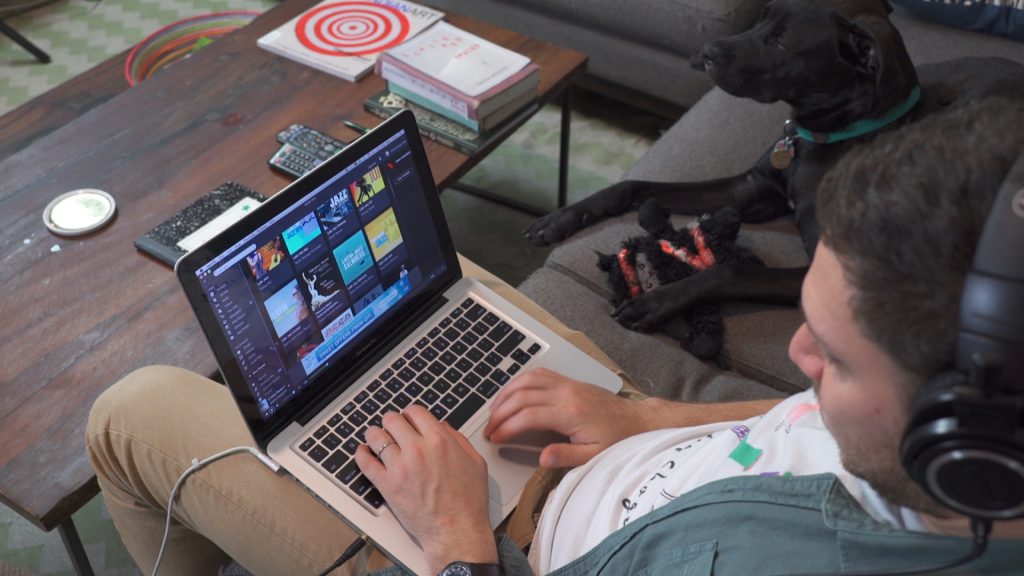
But Does It Sound Different?
This is a myth that’s been floating around for some time — the truth is, there really is no perceptible difference in sound quality when you’re recording on a well equipped computer, regardless of manufacturer. I once knew a guy who claimed he could tell what kind of batteries were in his gear by the hum (he preferred Energizer, for what it’s worth). And while it is possible that a highly trained audiophile engineer might be able to spot differences, the average musician (and certainly the average listener) cannot. As a general rule, Macs do run quieter than PCs, and it’s possible on some home recordings you could hear a fan clicking off and on. Though this is a minor issue, keep an ear out for the computer’s fan when you’re out shopping.
+ Read more on Flypaper: “The Ins and Outs of Recording Your Guitar ‘Direct In’”
Other Considerations
If you’re going to be setting up a studio for commercial use, rather than purely for personal demos, it might not be a bad idea to have both a Mac and a PC. Sometimes a project comes in and the client requests a specific kind of software, file format, effect, etc. — something that may only be on Macs or PCs. This could take you out of the running for a potential gig if you don’t have the right equipment. It’s also possible that if you start your project at home and then work with a producer or studio, you may hit a similar roadblock where your file or software is not compatible to whatever they’re using. Although, generally speaking, an audio file is an audio file and you can work around problems, the exceptions can cause serious headaches.
The choice really comes down to personal preference and budget — you can record great music on either a PC or a Mac. The choice is yours, so start saving up and doing some research. These are just a couple good options I’ve found to help get you started:
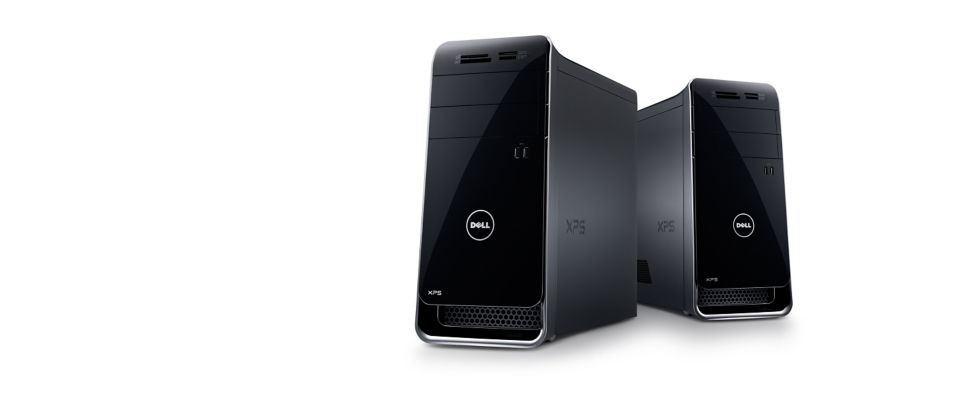 Dell XPS 8900 Desktop, starting at $699.99.
Dell XPS 8900 Desktop, starting at $699.99.
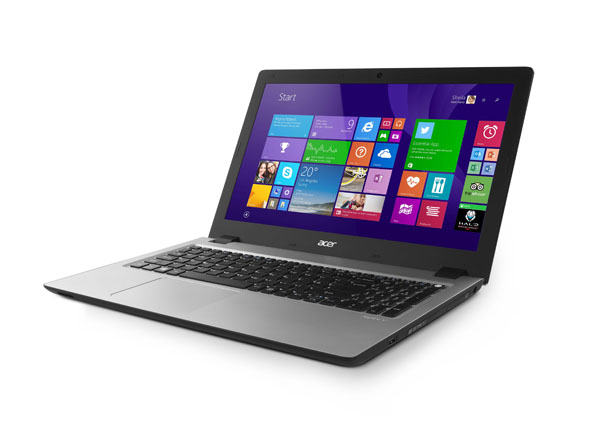
Acer Aspire E 15.6-inch Full HD Notebook, starting at $649.99.
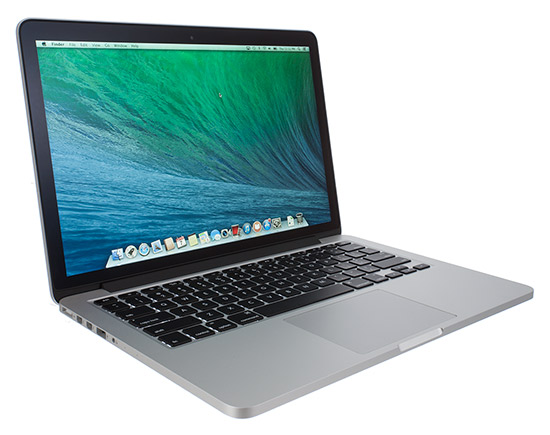
MacBook Pro 13-inch, starting at $1,499.00.

